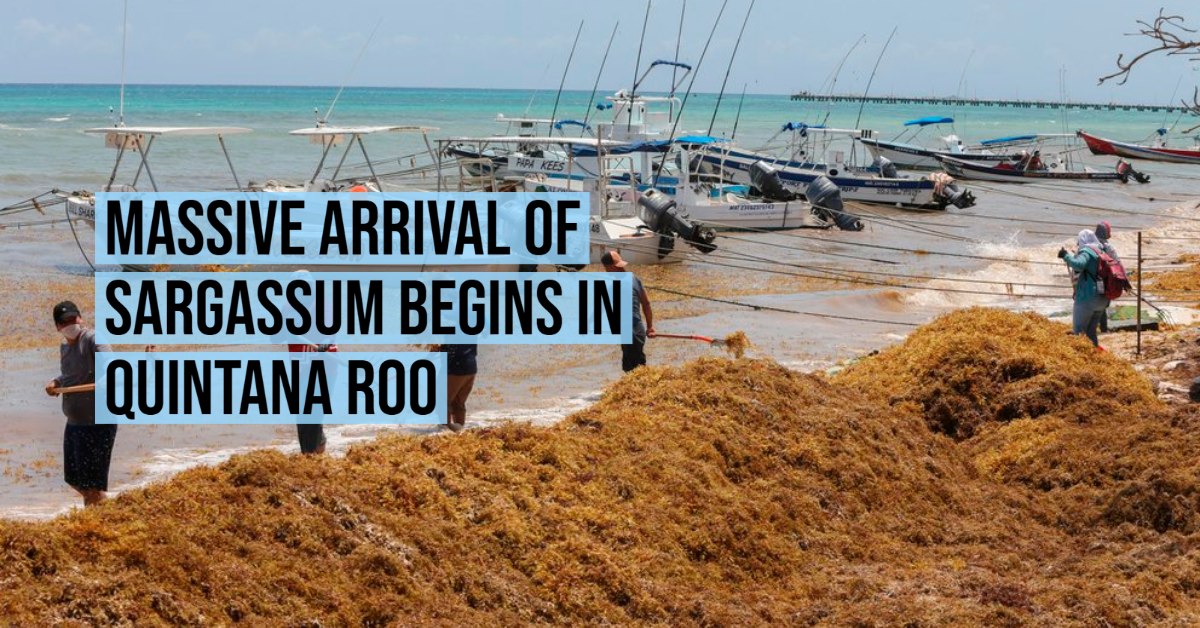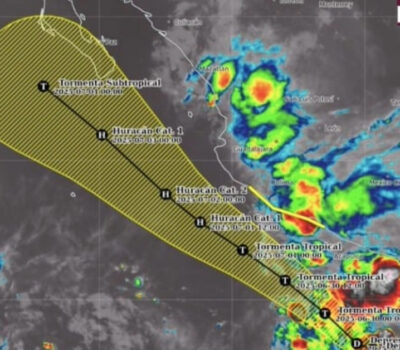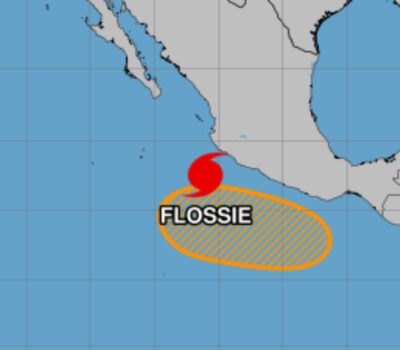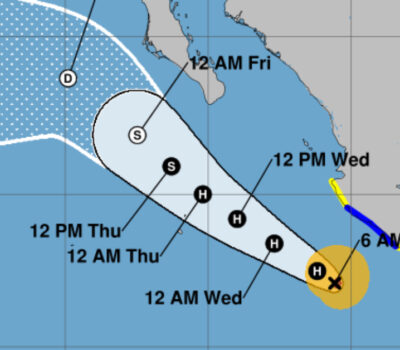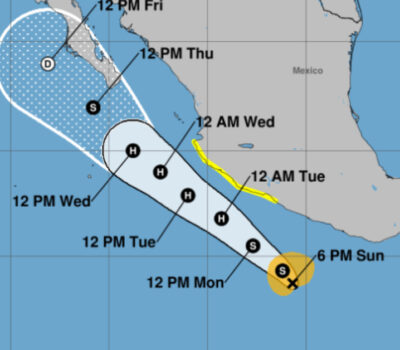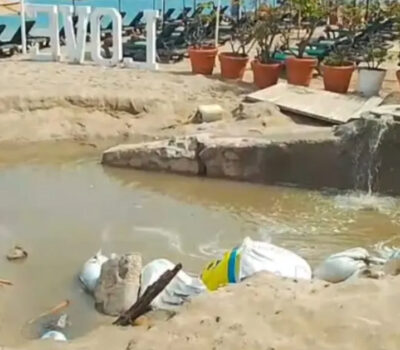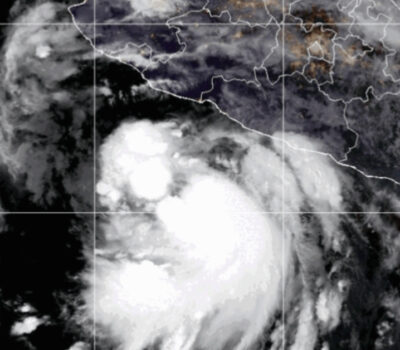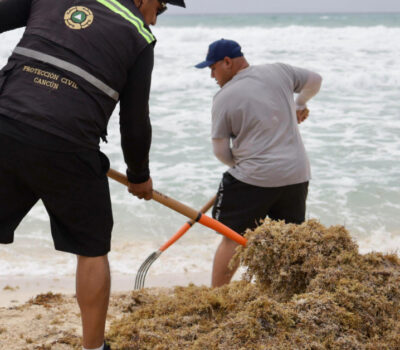The beaches of the Mexican state of Quintana Roo received the first massive flow of sargassum this year, with the greatest impact on the resorts of Playa del Carmen, Cozumel, Tulum, Xcalak, and Mahahual.
According to specialists who make up the Sargasso Monitoring Network, an NGO made up of scientists, the southeast winds of up to 40 kilometers per hour that have affected the region for several days, are carrying a lot of sargassum throughout the coast, with volumes ranging from low to moderate.
The Network establishes that so far 52 beaches have moderate amounts, 13 have records of low amounts, and 15 are free from sargasso.
On Monday, just at the end of the Easter holiday season, the first massive flow of sargassum was reported in Playa del Carmen, the heart of the Riviera Maya, forcing local authorities to implement operations to remove several tons of seaweed from the beaches.
In the coastal area in front of El Recodo in Playa del Carmen, vessels of the Secretary of the Navy were observed carrying out maneuvers to place the sargassum containment barriers, works that began just this week.
During a tour of the beaches of Playa del Carmen, workers who removed the sargassum from the beach were out in full force with the help of heavy machinery to transport the seaweed to areas authorized for its treatment.
“For a week this issue has been more recurrent on the beaches, it affects the economy and hotel activity, but it is the way in which the sea is cleaned,” said Pedro Jared Pech Herrera, a resident of Playa del Carmen who is used to walking along the beach with his partner every day.
Sargassum originates from the Sargasso Sea, located in the Atlantic Ocean, between the coasts of the United States and Europe.
However, for more than five years a large portion of it has been detached and it was located between the coasts of Africa and Brazil, from where the marine currents transfer it to the Caribbean Sea.
According to numerous scientific investigations, it is deduced that the causes of the increase may be due to increases in temperature in marine waters and the dumping of organic waste matter in rivers in Central American countries, which accelerates the life cycle and reproduction of the algae.
Algae is currently capable of doubling its biomass in 11 days, while before it took 50.
The beaches of the Mexican state of Quintana Roo received the first massive flow of sargassum this year, with the greatest impact on the . . .

